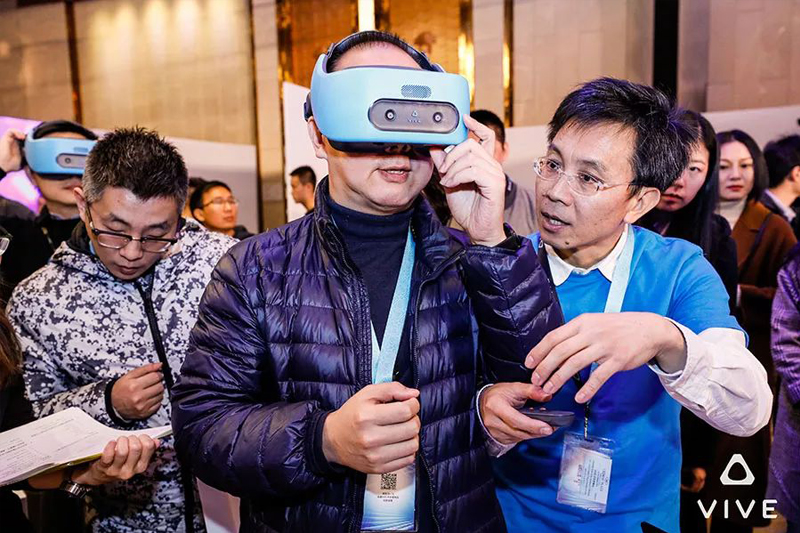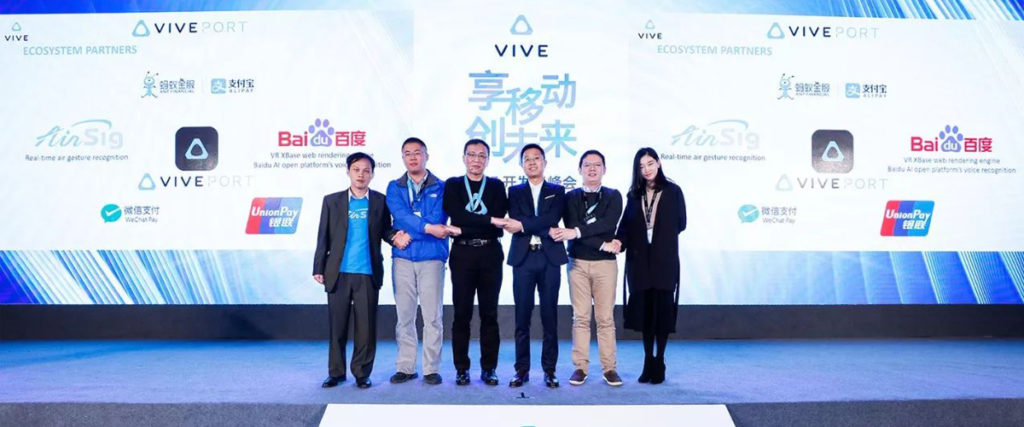Can you imagine unlocking your phone by waving it around, or paying for your shopping by drawing your signature in mid-air? Taiwanese developer AirSig has developed gesture recognition technology to make just this happen.
We’ve adopted the fingerprint signature, and now regularly sign via facial recognition. Now, it’s being proposed that we sign off on transactions by writing our signatures in the air. It’s all thanks to Pokai Chen, founder of Taiwanese gesture recognition software company AirSig –developers of the air signature. Launched in 2014, AirSig’s core technology is currently being used in VR headsets such as Vive thanks to a partnership with its parent company and VR giant HTC, but it’s been developed for use in many more VR applications like Google’s DayDream and Facebook’s Oculus. Determined to play a central role in enabling developers from even more VR companies to design content that relies on air signatures, Pokai talked us through his vision.

“Everyone was starting to have smartphones, but passwords weren’t easy to use,” says Pokai of how he stumbled across his original idea before starting Airsig in 2014, backed with USD 2 million from Taiwanese electronics manufacturing giant Foxconn. “I asked myself if there was a way to ‘sense’ who you are and recognising your signature was one good way.” With fingerprint and facial recognition software becoming ever more popular, he saw a space for a different kind of signature system. “Different technologies are suitable for different scenarios,” explains Pokai. “Fingerprint and facial recognition software are not suitable for VR/AR and IoT. It’s more natural for people to do gestures and signatures in the virtual world.”

At its core, AirSig’s technology functions like a Wii controller, remembering complex patterns by tracing a user’s movements in 3D via the hardware in a VR device or even your phone. To break into the world of online payments, Pokai needed to deliver this technology with heightened accuracy and security – something he says Airsig has done. “It’s not easily copied. Not only do we consider the trace of the signature, but we also consider the way you sign, including the speed, rotation and depth. It’s more secure than paper signatures. It’s an AI technology that’s able to recognise the difference between a potential hacker and the owner, but also tolerate variability from the owners themselves,” he explains. It does this by AI learning: the more you do your gesture, the more the software learns. “The pass rate reaches 98%, but the hacked possibility is only 0.001%, compatible with the NIST standard and at the same security level as fingerprint identification.” And, Pokai would argue, without the risk of someone else being able to wave your phone in your face or force your finger on its reader.
For those keen to try out AirSig’s technology, it’s available to use via a number of their mobile apps. ‘Quick toucher’ is free and allows you to programme shortcuts and open apps by moving your phone around in mid-air. Another app, ‘AirSig Password Manager,’ allows you to actually sign into various accounts online using your own personalised air signature. Try them – you’ll be surprised how accurate they can be. Since their initial USD 2M funding from Foxconn in 2014, a number of large companies such as Google, LG and Huawei have contacted AirSig and shown interest. Off the back of a fruitful partnership with HTC’s ‘Vive’, Pokai is more than optimistic. “We are collaborating with more and more VR/AR companies, and we hope AirSig can become a popular way to interact in the virtual world.”
Related Articles





